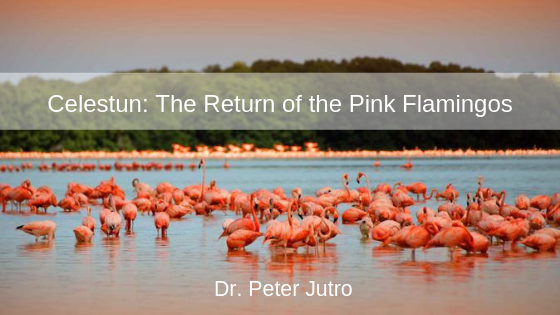Every nature preserve is known for its particular characteristics. The Magombera Nature Reserve in Tanzania is known for its endangered primates and Dyke Marsh Wildlife Preserve is known for being one of the largest freshwater wetlands in the Washington, D.C. metro area. They also have wildlife that is native to them, such as the Hay’s Spring Amphipod in Washington, D.C.’s Rock Creek Park, the Swamp Pink in the wetlands of New Jersey and the Winter Wren in Occoquan Bay National Wildlife Refuge in Woodbridge, VA. But one nature reserve stands out because of its annual burst of color — Celestun.
The Celestun Biosphere Reserve, on Mexico’s Yucatan Peninsula, earned its wildlife refuge designation in 1979 and its UNESCO biosphere reserve designation in the 1980s. It is home to 300 species of birds, most noticeably, the pink flamingo. The reserve is an estuary bordered by a mangrove forest, and spans over 146,000 acres. The mangrove forest provides food and shelter for blue crab larvae and shrimp. What is remarkable is the number of pink flamingos that claim Celestun as their winter home, and what’s interesting is that there are six species of flamingos there: Greater, Lesser, Chilean, Andean, James (or Puna) and American (or Caribbean). Their pink color comes the beta carotene in the brine shrimp and algae they eat.
Every fall and winter, these birds migrate to Celestun to enjoy the warm weather and to breed. They nest in the spring and summer in the Ria Lagartos Biosphere Reserve to the east of Celestun. They lay their eggs and stay with their young chicks to protect them from predators, including the Egyptian Vulture and Marabou Stork. They then return to Celestun in the fall. It is estimated that 40,000 pink flamingos congregate in Celestun annually.
This year, a record number of flamingos were present at Celestun. The flamingos often appear in one solid pink line and delight tourists, but boaters must adhere to the reserve’s guidelines on how close they can get to the birds. For those who love birds, a trip to Celestun should be on their bucket lists. The pink flamingos are a stunning sight to see, and their presence makes Celestun a truly unique destination. But a word of advice: don’t forget to bring mosquito repellant!

